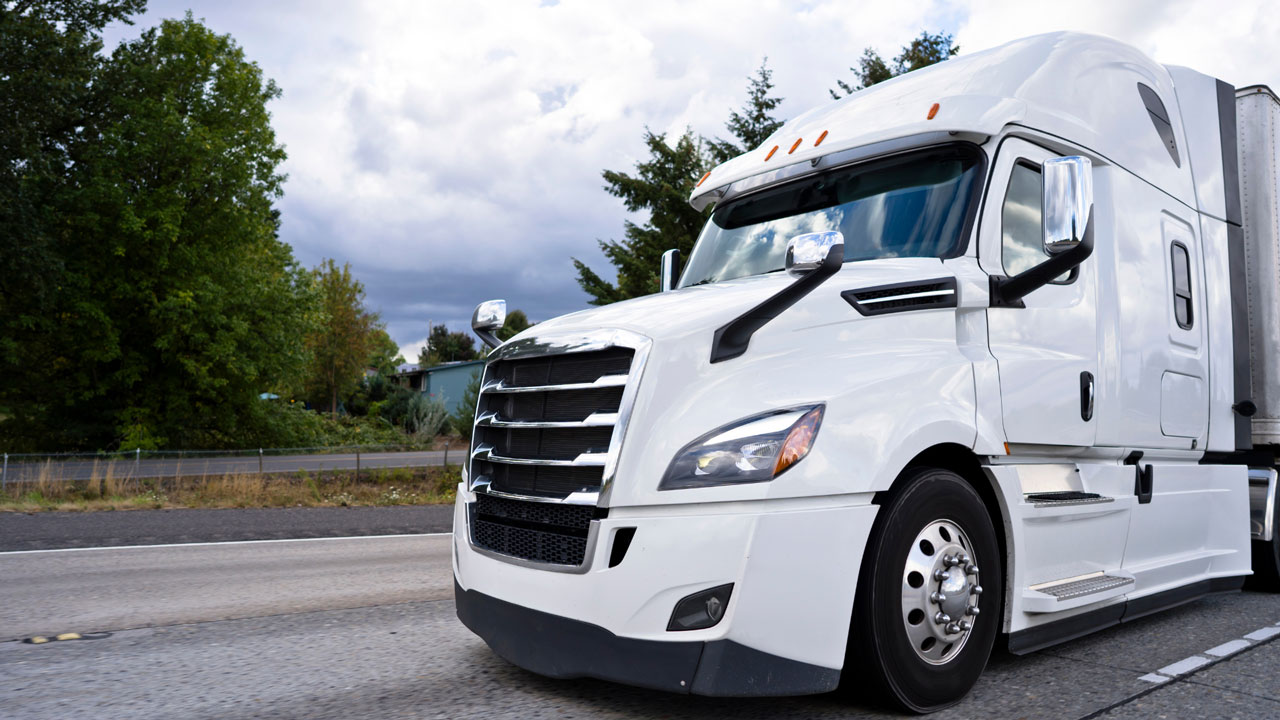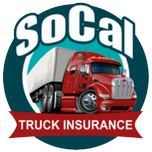
Practical Tips For Lowering Big Rig Insurance Costs in California
In the trucking industry, where margins can be thin and risks can be high, managing the costs of commercial truck insurance in California is crucial for you trucking business’ financial health and operational sustainability. Tailored commercial insurance is essential for trucking companies and owner-operators, providing coverage against losses, damages, and liabilities associated with truck accidents or natural disasters. Given the rising costs and challenges in the industry, it’s crucial to understand how to effectively manage and potentially lower the expenses for big rig insurance without compromising coverage.
This blog explores practical strategies for reducing big rig insurance costs, focusing on leveraging technology, optimizing vehicle considerations, working efficiently with insurers, and implementing robust fleet safetySafety measures and policies specifically designed to prevent accidents and ensure the safe operatio... management practices.
Understanding Your Insurance Needs
Big rig insurance encompasses several types of coverage, including Primary LiabilityA financial obligation or debt owed by an individual or business to another entity, typically result..., Cargo InsuranceInsurance that covers loss or damage to freight during transit, which is critical for motor carriers..., Physical Damage, and more. It’s vital to assess your specific needs to avoid over-insuring, which can unnecessarily increase your premiums. Primary Liability InsuranceThe main auto liability coverage that protects against injuries or damage to other people or propert..., for instance, is mandatory and covers damages to others in an accident where you’re at fault. Physical Damage Insurance protects your truck from various damages, while Cargo Insurance covers the goods you’re transporting. Knowing what each coverage offers helps ensure you’re not paying for more than you need.
Strategies For Lowering Costs
Adopting a multifaceted approach is essential to effectively reducing the costs of big rig insurance. Here, we explore innovative and practical strategies for minimizing expenses and bolstering operational efficiency and safety standards:
Driver Management
- Hiring Practices and Clean License Drivers: Hiring safe drivers with clean licenses is pivotal as it directly impacts premiums. Drivers with points or convictions can increase the cost, so it’s beneficial to prioritize those with a clean driving record. Continuous driver trainingPrograms designed to educate and improve the skills of drivers, focusing on safe driving techniques,... and support also plays a significant role in reducing the risk of accidents and, consequently, insurance costs.
- Monitoring Drivers: Utilizing telematicsTechnology used to monitor vehicle movement, speed, and driver behavior, increasingly used by insure... to monitor driver behavior and performance can lead to lower premiums. This technology provides insights into driving patterns, helping identify areas for improvement and reducing the likelihood of accidents.
- Younger Drivers: Paying special attention to younger drivers is crucial due to their higher risk profile. Implementing targeted training and monitoring for this group can mitigate risks and lower commercial truck insurance costs.
Leveraging Technology
Telematics: Telematics technology has become a pivotal tool for lowering big rig insurance premiums by providing insurers with detailed insights into driving behaviors. This technology allows for more personalized premiumThe amount paid by the insured to the insurance company in exchange for insurance coverage, typicall... rates based on actual driving risk factors rather than traditional proxies like age or gender.
For instance, Southern Farm Bureau Casualty Insurance Co. observed a nearly 10% reduction in distracted driving rates after implementing telematics, showcasing its potential to enhance road safety and reduce insurance costs. Similarly, leveraging telematics data, insurers like OnStar Insurance aim to harness vehicle data for underwritingThe process by which insurers evaluate the risk of insuring a particular employer or job class based... and claims processes, rewarding safe driving habits and efficiently managing claims.
Dash Cams and Vehicle Tracking: Dash cams and vehicle tracking systems complement telematics by providing visual evidence of driving behavior and vehicle location, respectively. These technologies can help exonerate drivers in the event of an accident, reduce vehicle damage costs, and further lower insurance premiums through better risk assessmentThe process of identifying potential risks in advance, analyzing them, and taking precautionary step... and prevention of theft.
Vehicle Considerations
Maintaining a Newer Fleet: Newer fleets equipped with up-to-date safety features not only contribute to road safety but can also significantly impact insurance premiums. Modern commercial vehicles come with advanced driver-assistance systems (ADAS) that can prevent accidents, making them more attractive to insurers. As the insurance industry evolves, the integration of vehicle and driving data into underwriting and claims processes will likely become standard, necessitating a modern fleet that can support such technologies.
Vehicle Security and Maintenance: Ensuring that vehicles are secure overnight and maintaining them in good condition are essential practices for reducing insurance costs. Properly secured vehicles are less likely to be stolen or vandalized, while well-maintained trucks are less prone to breakdowns and accidents, further lowering the risk profile and insurance premiums.
Working With Insurers
Research Different Insurance Providers: In the quest to lower big rig insurance costs in California, a crucial step involves researching different insurance companies and comparing coverage options. This strategy ensures that you’re not only receiving the most competitive commercial truck insurance rates but also obtaining coverage that truly meets the specific needs of your fleet. By thoroughly evaluating various insurance plans, you can identify potential savings and find a policy that balances cost-effectiveness with comprehensive protection.
Data Sharing and Risk ManagementThe process of identifying, assessing, and controlling threats to an organization's capital and earn...: Sharing fleet data with insurers and demonstrating effective risk management efforts can be a strong negotiating point for lowering premiums. Insurers value transparency and the ability to accurately assess risk, which can be facilitated by providing detailed telematics data and evidence of safety programs.
Policy Management: Combining policies and reassessing coverage needs can lead to cost savings, while increasing deductiblesA specified amount of money that the insured must pay before an insurance company will pay a claim. may lower premiums if claims are infrequent. Separating high-risk drivers into different policies can also help manage costs by isolating risk and preventing it from impacting the premiums of the entire fleet.
Fleet Safety Management
Rapid Incident ReportingThe formal notification process after an accident or near-miss, which helps identify hazards or defi...: Implementing a comprehensive safety management plan, including rapid incident reporting, can significantly reduce commercial truck insurance costs. Immediate reporting of incidents allows for quicker claims processing and can help mitigate further losses, making fleets more attractive to insurers.
Mitigating Fleet Risks: Understanding and mitigating fleet risks through data analysis and driver coaching can lead to safer driving behaviors and lower insurance premiums. Geotab’s usage-based insurance models show that fleets can earn up to 20% savings on their premiums by demonstrating safe driving behaviors, highlighting the direct impact of risk mitigationActions taken to reduce the severity or likelihood of a risk, often by implementing control measures... on insurance costs.
Lowering the Costs of Big Rig Insurance with SoCal Truck Insurance
Managing big rig insurance costs effectively is not just about reducing expenses—it’s about enhancing fleet safety, improving operational efficiency, and fostering a culture of responsibility and accountability among drivers. Trucking companies in California can save on commercial truck insurance premiums by leveraging technology such as telematics and dashcams, maintaining a newer, safer fleet, engaging in informed negotiations with insurers, and emphasizing fleet safety management.
Assess your current strategy and consider technological upgrades to take the first step towards reducing your big rig insurance costs. Engage with SoCal Truck Insurance to explore potential savings and embrace commercial insurance solutions that enhance safety and efficiency.


